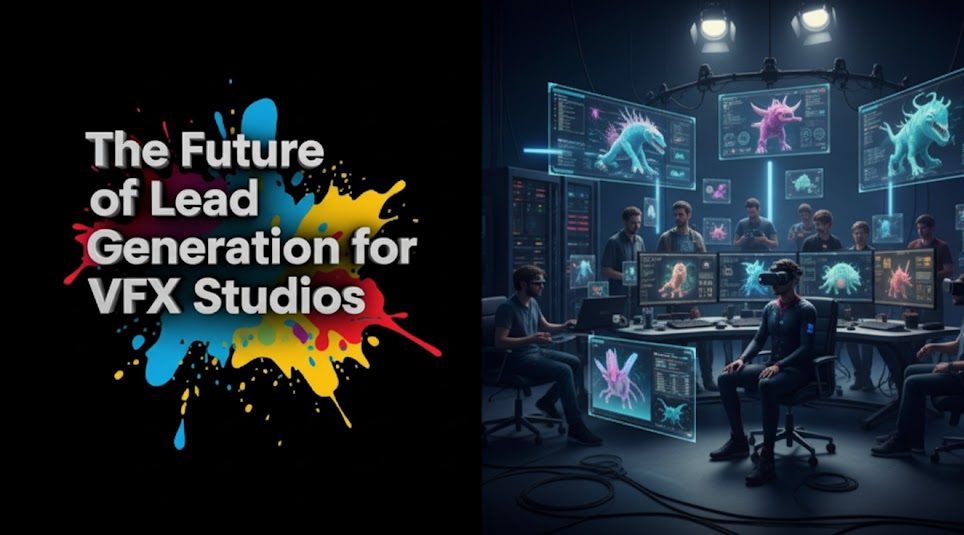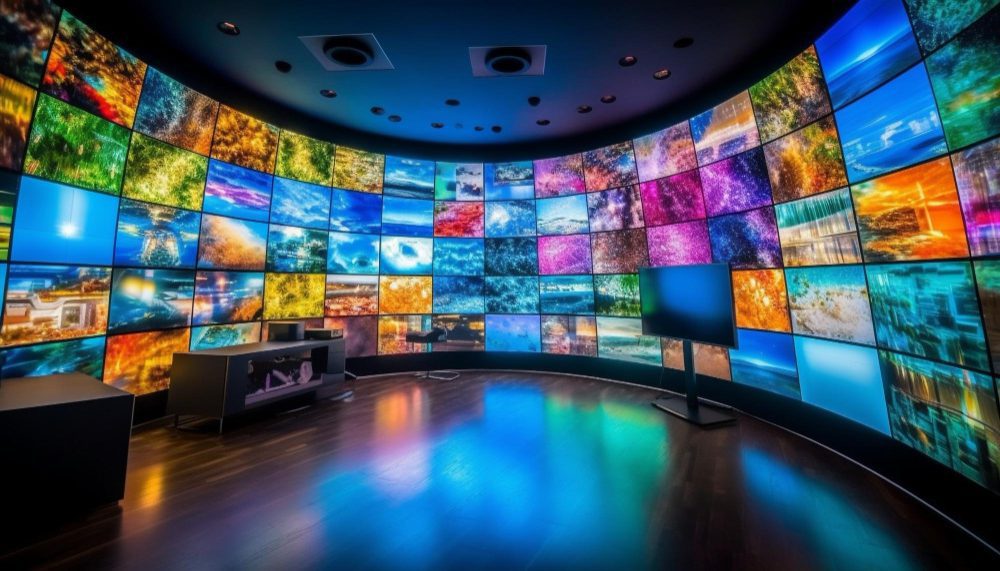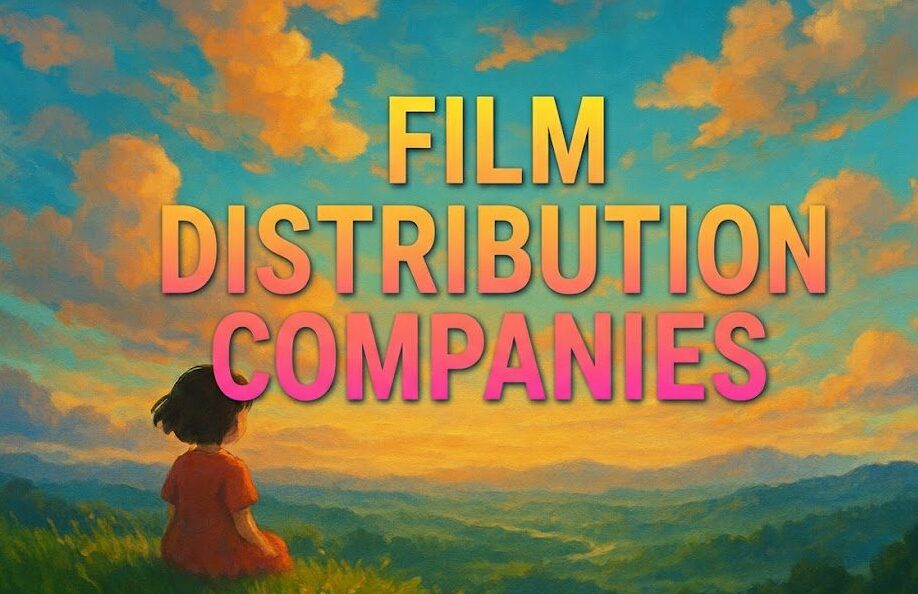Introduction
Ever wondered how films and TV shows make their way from production studios to screens across the globe? Or how different regions, platforms, and formats are sold and licensed to maximize value? This in-depth guide on Sales Rights will answer all your questions and more. Whether you’re a distributor, content buyer, service provider, or simply curious about the global entertainment supply-chain—this article will give you a clear understanding of how Sales Rights work, the different types of rights involved, key players in the ecosystem, and how platforms like Vitrina help unlock new opportunities in global content licensing. Dive in and emerge better informed, more strategic, and ready to navigate global content markets like a pro.
Table of content
- Introduction
- What Are Sales Rights?
- Types of Sales Rights in Film & TV
- How Sales Rights Work Globally
- Key Players in Sales Rights Deals
- Territorial Rights and Release Windows
- Sales Agents vs Distributors: What’s the Difference?
- Sales Rights and Content Monetization
- Common Challenges in Sales Rights Deals
- How Vitrina Helps with Sales Rights
- Key Takeaways
- FAQs
Find Your Next Distributor with Vitrina

What Are Sales Rights?
Sales Rights refer to the legal permissions granted to distribute, broadcast, or exhibit film or TV content across specific territories, formats, and time windows. These rights are at the heart of monetization strategies for content creators, producers, and distributors. They determine who can show your content, where, how, and for how long.
Types of Sales Rights in Film & TV
Understanding the various types of rights is essential to optimizing revenue streams:
- Theatrical Rights: For cinema releases.
- Broadcast Rights: Includes Free-to-Air and Pay TV rights.
- Digital Rights: SVOD, AVOD, TVOD platforms (e.g., Netflix, Amazon).
- Home Video Rights: DVD/Blu-Ray distribution.
- In-flight & Maritime Rights: Distribution for airlines or cruises.
- Educational Rights: For academic and institutional use.
Merchandising & Ancillary Rights: Non-core content monetization.
How Sales Rights Work Globally
Sales Rights are typically sliced by territory, language, format, platform, and time period. Distributors or sales agents license rights to broadcasters, streamers, or platforms in specific regions. The goal is to maximize reach and revenue while avoiding market cannibalization.
Navigate Territorial Rights with Ease

Key Players in Sales Rights Deals
- Producers: Original content creators.
- Sales Agents: Specialists who negotiate rights deals globally.
- Distributors: Companies that license content to local or global platforms.
- Broadcasters/Streamers: Buyers who exhibit content.
- Legal and IP Consultants: Ensure compliance and contract integrity.
Territorial Rights and Release Windows
Territorial rights and release windows help avoid audience overlap and maximize revenue from various markets. Examples:
- Pre-Sales in Europe, followed by SVOD in the U.S.
- Exclusive theatrical window, then home video, and finally digital streaming
Sales Agents vs Distributors: What’s the Difference?
- Sales Agents: Represent producers and help license content globally.
- Distributors: Buy rights and then sell them onward, often with marketing support.
Sales Agents are more common at film markets and festivals, while Distributors work closely with platforms and regional buyers.
Sales Rights and Content Monetization
Effective sales rights strategies are crucial for content monetization. Rights can be sold:
- Territorially (e.g., LATAM, MENA, APAC)
- By Platform (e.g., SVOD, Pay TV)
- By Format (e.g., film, episodic series, shorts)
Bundling rights, windowing strategies, and geo-targeted licensing increase monetization potential.
Common Challenges in Sales Rights Deals
- Fragmented markets
- Rights duplication
- Complex windowing strategies
- IP enforcement across territories
- Limited visibility into emerging buyers and markets
How Vitrina Helps with Sales Rights
Vitrina simplifies the global sales rights ecosystem by helping you:
- Discover potential buyers and distributors across 100+ countries
- Profile broadcasters, streamers, and platforms by territory, language, and genre
- Connect directly with verified executives handling content acquisition
- Track which companies are buying/selling what kind of rights
- Leverage the Vitrina Global Film+TV Projects Tracker API to identify sales leads in early development or production stages
Whether you are looking to license, acquire, co-produce, or monitor competition—Vitrina brings unmatched insights and connections to unlock sales rights opportunities globally.
Key Takeaways
- Sales Rights are the foundation of global content distribution and monetization.
- Rights can be segmented by platform, region, and window to maximize revenue.
- Strategic partnerships with Sales Agents, Distributors, and Platforms are key.
- Vitrina enhances your ability to discover, qualify, and connect with the right partners.
Frequently Asked Questions
It depends on the contractual terms—often split based on financial contribution or territory.
Yes, typically one per region or market.
Vitrina offers tools to identify and contact regional broadcasters and platforms worldwide.






































